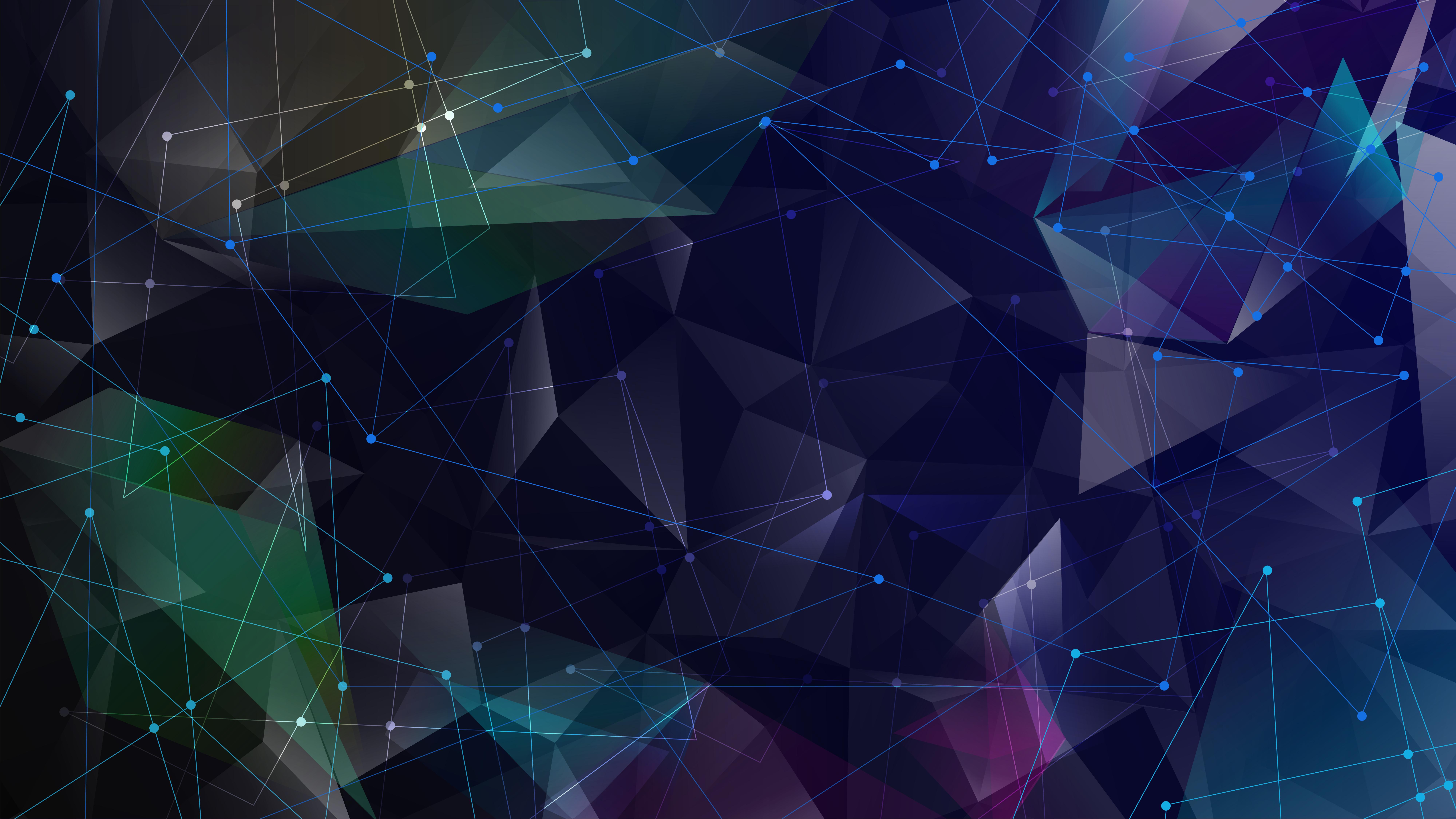-
Posts
5,797 -
Joined
-
Last visited
-
Days Won
31
Content Type
Profiles
Forums
8Tracks
Articles
Events
Blogs
Everything posted by Nabeel Ansari
-

Need Some Direction...
Nabeel Ansari replied to killerwatt's topic in Music Composition & Production
http://www.musictheory.net/ -
I haven't seen it.
-

Games that All Children Should Play
Nabeel Ansari replied to The Legendary Zoltan's topic in General Discussion
That's not a game 10 year olds should be playing. -

Games that All Children Should Play
Nabeel Ansari replied to The Legendary Zoltan's topic in General Discussion
Gonna go ahead and not recommend archaic games because modern video games deserve respect as well: Awesomenauts Back to the Future: Episode 1-5 Bastion Cave Story+ Sid Meiers: Civilization V Droplitz Fly'n Half-minute Hero Hearthstone Plants vs. Zombies Rayman (Origins and the others) Shatter Sanctum Shovel Knight -

League of Legends: I finally updated the player list in the OP!
Nabeel Ansari replied to Garian's topic in General Discussion
Yeah. Might be a good idea to ban him to prevent your team from playing him. -

League of Legends: I finally updated the player list in the OP!
Nabeel Ansari replied to Garian's topic in General Discussion
Duo queue is so much more fun than solo -
I made my Apex remix in a dorm room. Go outside? So you are asking for people to crowdfund you a new studio with the promise that eventually you'll be able to record a ton of instruments and make a deliverable out of it. Computer farm? You can run orchestra libraries on any mid-range computer with a RAM upgrade these days. Why don't you just live somewhere else? Not enough income? Then like Meteo said, crowdfunding an album is not your priority. I don't agree with crowdfunding which is essentially just "help me get some stuff I want and I'll give you something in return". The point of crowdfunding is putting money towards something you want to become reality because of the fees necessary which are otherwise very hard for an individual to cover (manufacturing, printing, licensing, etc.). This crowdfunding isn't really about paying for costs associated with making an album... it's about paying for a set-up that he's going to be able to indefinitely keep and not only that, he has to learn and master his equipment before he does anything meaningful with it. It's not like people will throw money at him, he buys it and all of the sudden his "5 albums" get released.
-

Classical inspiration for remixes?
Nabeel Ansari replied to Siermitch's topic in Music Composition & Production
There is a lot of game music around, and it's very hard to find themes that actually mesh well with the classical dogma. Early video games had to create very interesting and engaging standalone motifs as a result of only having a few sound channels on the soundboards, like in NES and whatnot. A lot of video game music, harmonically speaking, is too distant from classical music to directly mashup. A lot of video game music uses Aeolian mode (natural minor, see Zelda, Mega Man) and a ton of syncopation. Mario music is all based on ragtime and jazz tendencies, so we see jumping basslines, blues scales, and a lot of swing. Song of Storms particularly doesn't mesh with classical music because it's in Dorian and only uses a leading tone in its last chord. If you want to mesh classical with vg music, you have to either find a theme that is written in the major key or classical minor (natural minor with a raised 7th) or reharmonize/rewrite a theme so that it conforms to classical tendencies. You also have to remove any syncopation if you go that route; but you should do it tastefully that it still sounds like a complete theme. In short, you're going to have a hard time simply mashing themes together. You're going to have to slightly rewrite most examples of vgm because hardly any of it follows stylistic preferences of people like Beethoven and Mozart. Take a look at 1:43. He takes a Chopin song written ~200 years ago and applies a very Final Fantasy battle-esque rhythm to it while keeping it the same notes mostly. That's the point; if you want to mesh two stylistically different things together, you should be able to either make the song you choose sound like 18th century music or make the 18th century music sound like the song you choose. They need to stylistically fit or they won't go well together. -
There are good free softwares as well. Cockos REAPER is a full-featured DAW and is well-supported. You have to buy a license for $60 if you want to sell your music, but if you don't sell your music, you can use it free unlimited with no restrictions. There are also good free synthesizers; you don't have to stick with Revolta and such.
-

80's-90's Synths
Nabeel Ansari replied to Garrett Williamson's topic in Music Composition & Production
If you look at the bottom, turn the "Accuracy" parameter to "Draft". On most presets, it's turned to "Great" or something, this kills the CPU. Once, I had a single pad take out my entire Core i7. I turned it to Draft and the patch sounded pretty much the same at like 10 times less processing power. -
I'm not sure what the question really is... so let's try this. Your analog synth probably has a 1/4" inch output. It will send a signal along that cable and if your M-Audio has 1/4" inch input, then yes, your interface will receive the signal. It doesn't matter if it's a synth or a guitar or a microphone. Signal is just fluctuations in electricity. The interface will take the electricity (given that the cable is the right cable) and convert it to a digital signal, and you can record it. I'm just confused because you're essentially asking the same question as "will my USB drive work in a USB port?" My apologies if I'm not really answering the question you're going for. I would seriously try investing in a new software; this program sounds a bit like a scam more than a serious DAW (one reviewer complained about it and referred to Dr. Drum as a better alternative, and that was a terrible software as well). It seems like a cheap DAW that isn't really up to snuff on features or support. The ratings for it are less than desirable. If you want to stick with it, that's fine, but I wouldn't be surprised if the DAW itself is the problem with how shady it seems.
-
I think I sort of understand; the DAW's render/live playback is being affected by faulty sound drivers. This would apparently affect exported files, because at this point, the calculation method for storing the audio data is being affected. I've never heard of this type of problem, but it seems possible, and would seem to explain Master Mi's problem. It's hard to be sure without having the synthesizer myself and trying out the patch. If you're getting noise in your recordings because of a bad audio interface, then a new one would help you with any kind of recording, not just analog synths.
-
Again, synth presets are not stored waveforms. They're just stored parameter values. A synth preset is like a text file that reads: "knob1: 50% knob2: 32% ... ... ... " etc. (think of it like a save file in a game. It just stores the state of everything.) That's why these files are insanely small. Synth presets don't store waveforms unless it's something like Zebra where it needs to save something that the user hand drew into the program. Otherwise, they're generated either through a wave table lookup or through functions. The waveforms in the wave tables are again not stored in a synth preset file, but independently stored for reuse. It's bad software design to generate new waveform tables for every new patch when they're all identical.
-
"waveforms vs. samples" Samples are stored waveforms, whereas synth presets are just stored values for the knobs/parameters. No waveforms at all, except in special cases like Zebra 2. Even those single periods in a "draw your wave" synth maybe have 100-200 frames in their construction, super tiny. In most other cases (like most synths that aren't Zebra 2), a preset is just a text file storing the values of each parameter.
-
There is nothing wrong with the audio file you posted on Soundcloud. Not sure what you're trying to say. If you're referring to the "crackling", it seems to be a part of the synthesizer sound itself, because it is modulating with the rest of the sound. This should confirm what I just said.There's no need for a new soundcard. Besides, even if you did have a soundcard problem, it wouldn't show up in the exported file. You would only hear it real-time in the DAW. A new soundcard would do absolutely nothing for you.
-
It's really good and has a lot of tone shaping options. I have the 1969.
-
Storing a synth preset is different from storing a sampled synth preset. I bought 8dio's Steinway Legacy Grand purely because Steinway's have my favorite piano tone and it captured it really well. It's really deep and smooth. I didn't really care about anything else.
-
Yes. In Digital Signal Processing we say "you have to pay for information". If you want higher quality, it takes up more space. 192 is the minimum for which most people can barely distinguish between compressed and uncompressed audio. Anything below 192 and anyone will be able to tell the difference between the wav file and the mp3. The wav file is always the highest quality and maximum size because it is just the raw audio data (every sample at every point in time). mp3 is compressed audio, and the lower the bitrate, the MORE compressed the file becomes (and the worse it sounds).
-
Yes, lossless compressed. There's no reason to decompress them. And no, it's not still a lot in comparison to a lot of other libraries around this size. It is a lot for a single piano, but not prompting 4TB hard drive space (which is super cheap these days anyway) or buying a real grand piano (really?). ok
-
You're going to have to post an example file. This would usually mean that the mp3 player you put it in that sounded weird is just a poorly written piece of software if it can't understand 320 kbps mp3's. Stick to reliable software, try Winamp or VLC or integrating your stuff into something like iTunes or Spotify. These are just a couple of stable player options. But your takeaway of "the highest bit rate don't have to be the best bit rate" is misinformation. 320 kbps are the standard high quality option for mp3 sharing. 192 kbps is considered the bare minimum by some.
-
It's 203 GB, dude. Calm down.
-

Can't find the text with the submitting rules
Nabeel Ansari replied to Master Mi's topic in General Discussion
technoMANGA -
203 GB is not the worst, I don't think. Vienna Symphonic is definitely bigger.
-

Need a sample, synth, or effect? LOOK HERE!
Nabeel Ansari replied to zircon's topic in Music Composition & Production
http://forum.cakewalk.com/ISW-Rhapsody-m3064221.aspx There you go.

